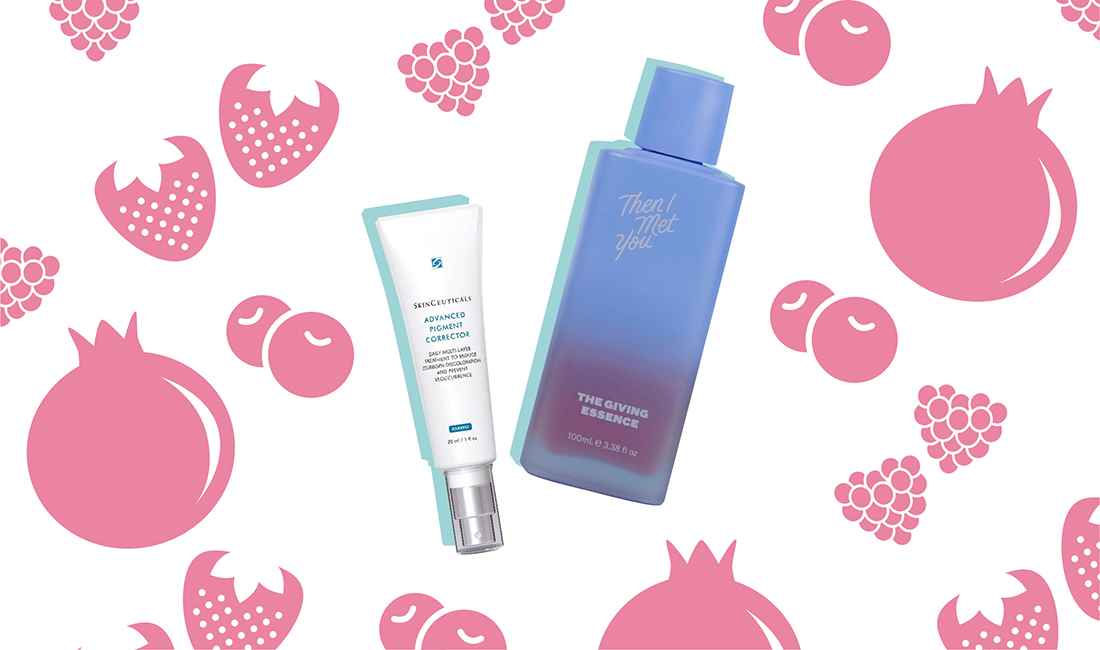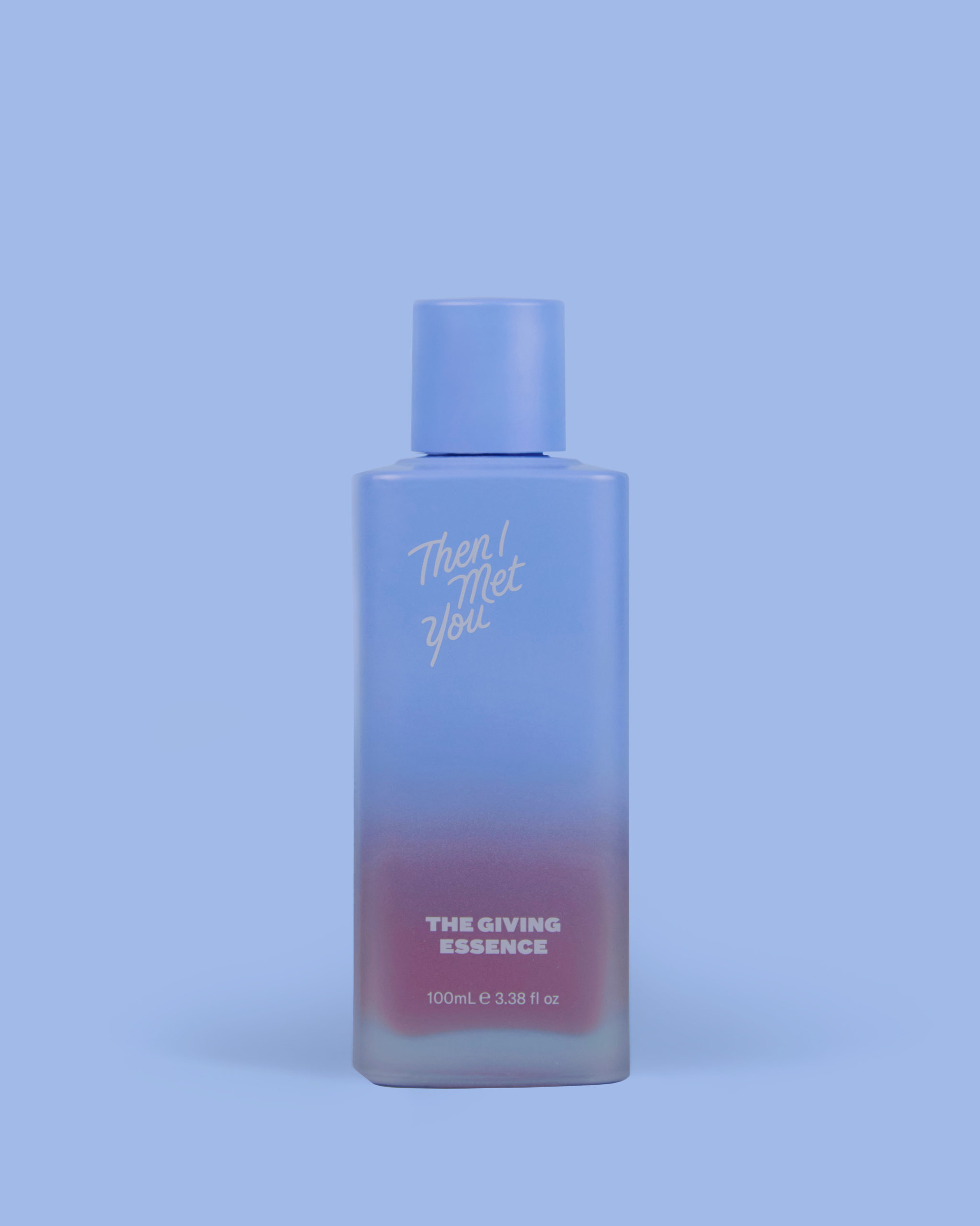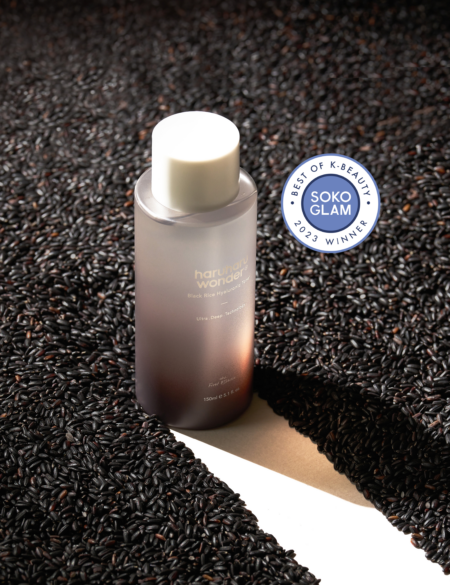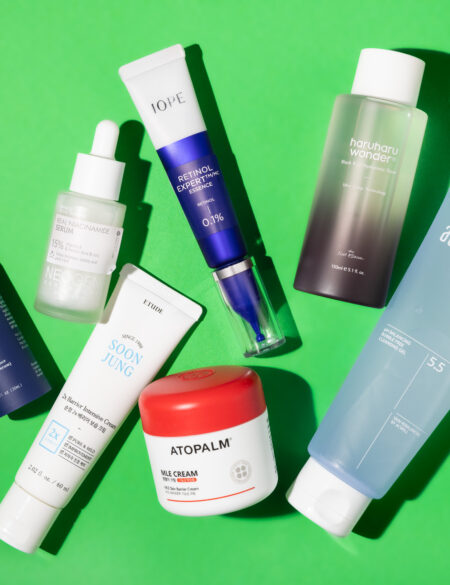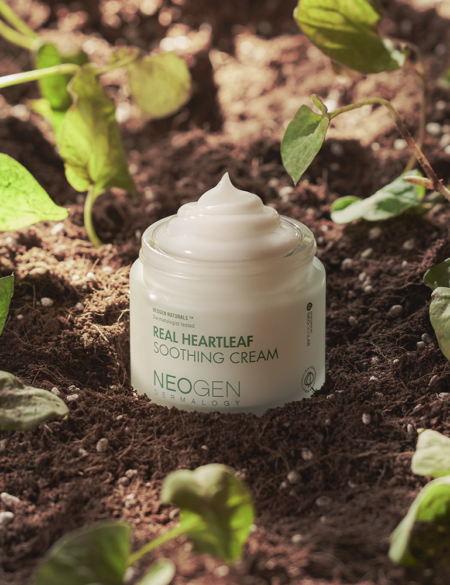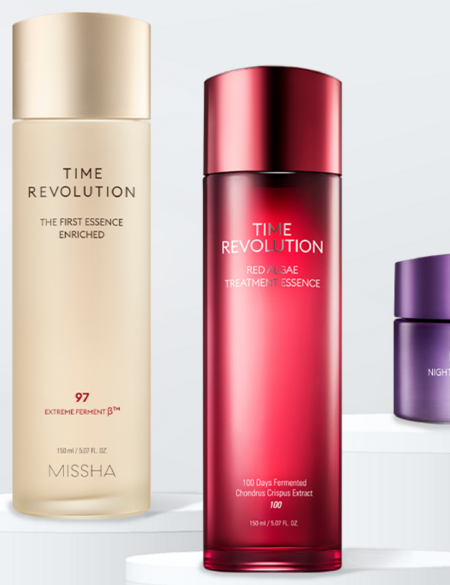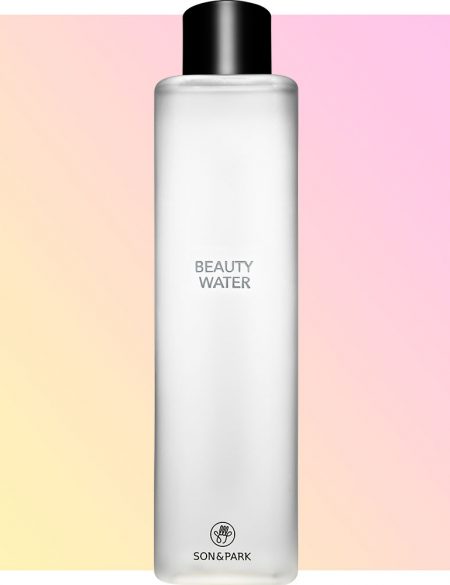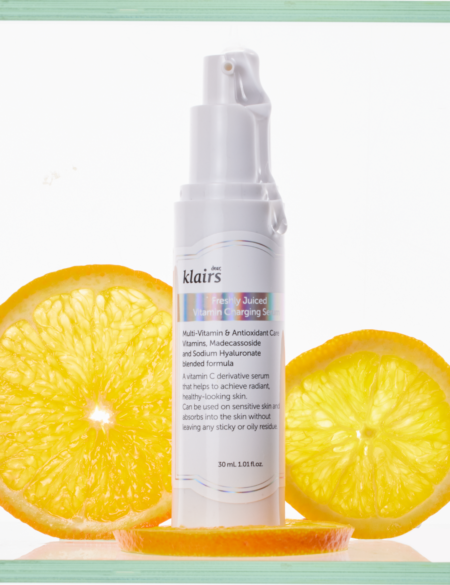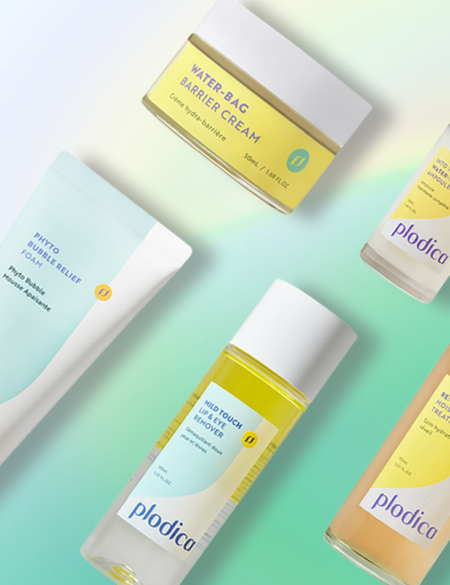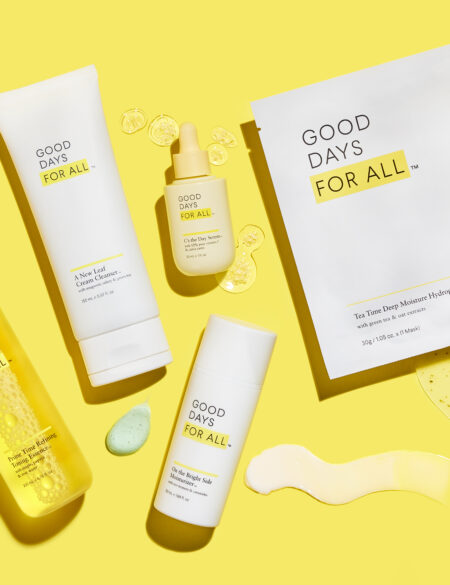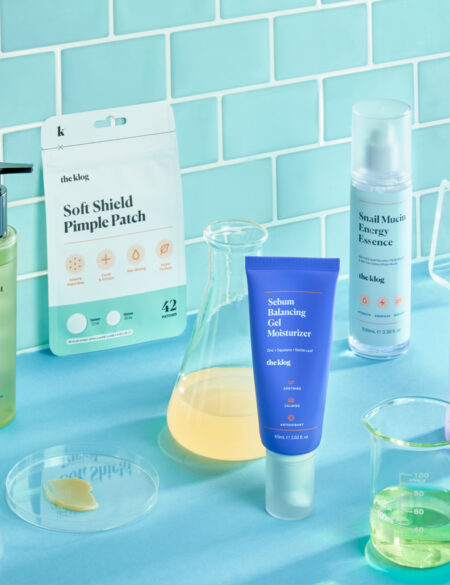Finding the right product(s) for your skin that can produce that coveted bright, glowing complexion may not be an easy task. Products with ellagic acid, the superhero ingredient that brightens skin complexion and reduces the appearance of hyperpigmentation, may be able to solve all your brightening needs. Read on to learn more about this antioxidant powerhouse.
It may seem like the skin care market is stuffed to the max with a million different acids — the most common being hyaluronic, salicylic, glycolic, and lactic. That said, there’s definitely still room for new acids among the established favorites, and ellagic acid is the perfect example. With dermatologist insight, we’re giving you the 411 on what ellagic acid is, what its primary skin care benefits are, and which skin types benefit most from using it. We’re also showcasing a handful of skin care products that utilize ellagic acid in their formulations.
What is Ellagic Acid?
When you think of acids, what likely comes to mind is either a hydrating/plumping product a la hyaluronic acid, or an exfoliating product a la beta hydroxy acids (BHAs) and alpha hydroxy acids (AHAs). Ellagic acid — technically a polyphenol — is neither of those; instead it is an antioxidant-loaded ingredient that protects and brightens your skin.
“Ellagic acid is found in fruits, as well as some vegetables and nuts. Common sources include strawberries, raspberries, cranberries, and pomegranates,” says Dr. Michele Farber, a board-certified dermatologist at NYC’s Schweiger Dermatology Group.
RELATED: Why Sea Buckthorn Is the Overachieving Ingredient Every Complexion Needs
Skin Care Benefits of Ellagic Acid
Hands down, ellagic acid’s biggest claim to fame is its antioxidant properties. It’s not just any old antioxidant, though — it’s notably potent. “This antioxidant effect helps neutralize free radicals to protect the skin from harmful damage via UV radiation,” explains Dr. Farber.
To better understand what that means, it’s important to have a rough idea of what free radicals are in the first place. In short, a free radical is unpaired oxygen atom desperately searching for another atom to rebalance itself. (It becomes unpaired through pollution and the sun.) When a free radical adheres itself to an atom on your skin, it causes a chain reaction of damage that results in sunspots, fine lines, and collagen destruction. Antioxidants serve as a shield by neutralizing the chaos of the unpaired atom so that it doesn’t wreak havoc.
In addition to its antioxidant powers, ellagic acid can be used to help brighten the skin and improve pigmentation. In fact, it’s considered a gentler, pregnancy-approved alternative to hydroquinone. “[Further], ellagic acid may interfere with enzymes that damage collagen, which means reduced wrinkling and improvement in pigment,” says Dr. Farber. “While more research is being done on ellagic acid to elucidate all of its uses and potential side effects, it definitely has many positive skin benefits and is likely a more potent antioxidant.”
Which Skin Types Benefit Most from Ellagic Acid?
Everyone benefits from protection from free radicals, which means ellagic acid is a great ingredient for everyone. That said, Dr. Farber notes that ellagic acid is especially worthy of your regimen if your end goal is to curb premature aging and/or to address pigment issues.
Note that ellagic acid isn’t meant as a replacement for other acids and should be considered supplemental.
“Each acid has a different effect on the skin, so they are good in conjunction. For example, alpha and beta hydroxy acids are wonderful exfoliants and help greatly with skin texture and pigment, but don’t have the same antioxidant effect,” says Dr. Farber.
Products That Contain Ellagic Acid
If you’re interested in trying ellagic acid yourself, you’ve got a few excellent options. It’s the hero ingredient in the Then I Met You Giving Essence. In addition to ellagic acid, it also contains black chokeberry, polyglutamic acid (a beefier alternative to hyaluronic acid in terms of moisture), and galactomyces which doubles down on the product’s moisturizing and antioxidant power. You’ll also find ellagic acid in SkinCeuticals Advanced Pigment Corrector, which specifically targets skin discoloration to improve overall skin tone.


